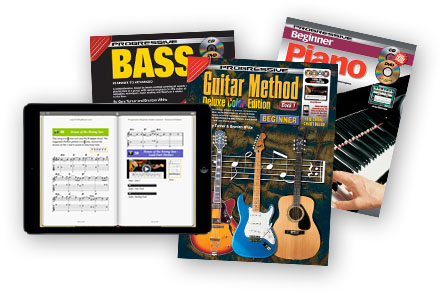Vocal Improvisation & Interpretation – Singing Tips to Learn How to Sing Better
Every singer has his or her own way of interpreting a song. It is rare that two singers will sing a song exactly the same way. Often a singer will learn how to sing a new song by getting the basic melody from another vocalist’s version, and then change it to suit their own style. This is called vocal improvisation.
Vocal improvisation may involve varying the lengths of notes, changing the rhythms, changing a few notes to different pitches, or even totally changing the melody. As long as the new melody fits with the lyrics, this is perfectly OK. In fact, some of the greatest recordings of songs have come about by the vocalist completely changing the melody and the accompanying musicians fitting their parts to the new version of the melody.
Experience with improvisation can also be useful when writing songs. Many times you or a friend may have some lyrics and you need to put a melody to them. There is always more than one way of doing this. Written below are two different ways of approaching a simple lyric. One is in 3/4 time in a major key and the other is in 4/4 time and in a minor key.
Vocal Improvisation Exercise 1
In most melodies there is a natural accent on the first beat of the bar. This can be used to stress particular words in a song. In the first phrase of this example, the emphasis is on the word “woke” rather than the first word “I” at the beginning of the phrase because there is a lead-in note. In the second phrase, “I” is emphasized because it falls on the first beat of the bar. Try singing along with this score, putting extra emphasis on the first word of each bar to see how it sounds.
Vocal Improvisation Exercise 2
In this example, the first accent falls on the word “early” because there is a three note lead-in. In the second phrase, the word “early” is once again emphasized but a higher note is used the second time to add variety. Notice also that the word “morning” has been changed to mornin’ in this version. This type of alteration is common in many styles of music. It really depends on what is most appropriate for the style. For example, perfectly correct grammar can often sound out of place in a rock or blues song, as songs in these styles are based on a language tradition which has always included slang. Try singing along with this score, and see how it differs to the first exercise.
In Conclusion
As you can hear, these two approaches to the same lyric are quite different. The meaning of the lyrics, along with the style of music you are singing and instruments you are fitting in with will often determine the way you use vocal improvisation to style a melody. Try experimenting with different approaches to melodies you already know as well as creating your own new melodies.
About the Author
Peter Gelling is an Adelaide based musician, composer and author. While he is best known as a bluesman, he is classically trained and his talents extend to many genres. Peter is the author of many music instructions published worldwide by LearnToPlayMusic.com.
– Continue learning with Learn To Play Music at LearnToPlayMusic.com

































Leave A Comment
You must be logged in to post a comment.